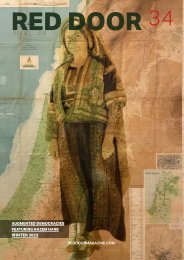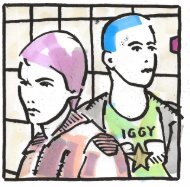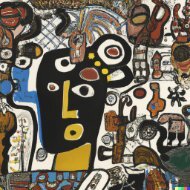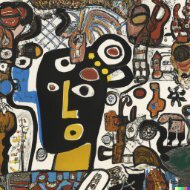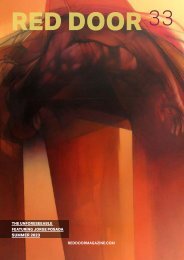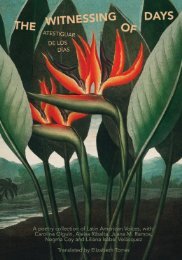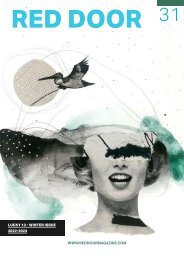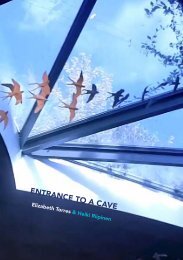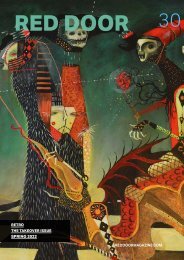Ecology Lexicon Amazon
Create successful ePaper yourself
Turn your PDF publications into a flip-book with our unique Google optimized e-Paper software.
1.The ecology of artistic<br />
research encompasses multiple<br />
dimensions that affect the mental,<br />
economic, and environmental<br />
sustainability of artists. Effective<br />
time management strategies<br />
are crucial for promoting mental<br />
sustainability while maintaining<br />
productivity. Collaborations with<br />
institutions can provide important<br />
networking opportunities and<br />
funding, reducing stress associated<br />
with independent research.<br />
Diversifying one’s network by<br />
working with individuals from<br />
different backgrounds and<br />
disciplines can also promote more<br />
inclusive approaches to artistic<br />
research.<br />
THE FINDINGS<br />
3.Effective time management is<br />
critical for balancing research and<br />
creative output in artistic research.<br />
This can involve structured<br />
approaches that prioritize research<br />
activities and creative output,<br />
or more fluid approaches that<br />
allow for unexpected inspiration.<br />
Collaborating with institutions<br />
can provide access to valuable<br />
resources and expertise that<br />
may not be available outside of<br />
academic environments, including<br />
specialized equipment, facilities,<br />
and mentorship. Institutions can<br />
also help promote and showcase<br />
the work of artists, providing<br />
opportunities for recognition and<br />
exposure.<br />
2.Economic sustainability is a<br />
key concern for many artists,<br />
and securing funding through<br />
different models, such as grants or<br />
sponsorships, can help establish a<br />
stable financial base. Embracing<br />
multimedia resources, such as<br />
digital platforms, can expand the<br />
reach of artistic work, potentially<br />
leading to new revenue streams.<br />
It is also important to consider<br />
the environmental impact of<br />
artistic research, and eco-friendly<br />
materials and practices can reduce<br />
the carbon footprint and promote<br />
more conscious approaches to<br />
creativity. Incorporating diverse<br />
narratives and perspectives into<br />
one’s work can foster a more<br />
inclusive and sustainable artistic<br />
ecosystem.<br />
143<br />
4.To create a more engaging and<br />
sustainable artistic ecosystem,<br />
artists can embrace diverse<br />
perspectives and multimedia<br />
resources. This can push the<br />
boundaries of traditional artistic<br />
forms and promote more<br />
dynamic and interactive work.<br />
Incorporating diverse narratives<br />
and perspectives can also<br />
challenge dominant narratives<br />
and promote greater empathy<br />
and understanding. Overall,<br />
promoting sustainability in artistic<br />
research requires a multifaceted<br />
approach that considers mental,<br />
economic, and environmental<br />
factors, as well as fostering<br />
inclusive and diverse perspectives.




